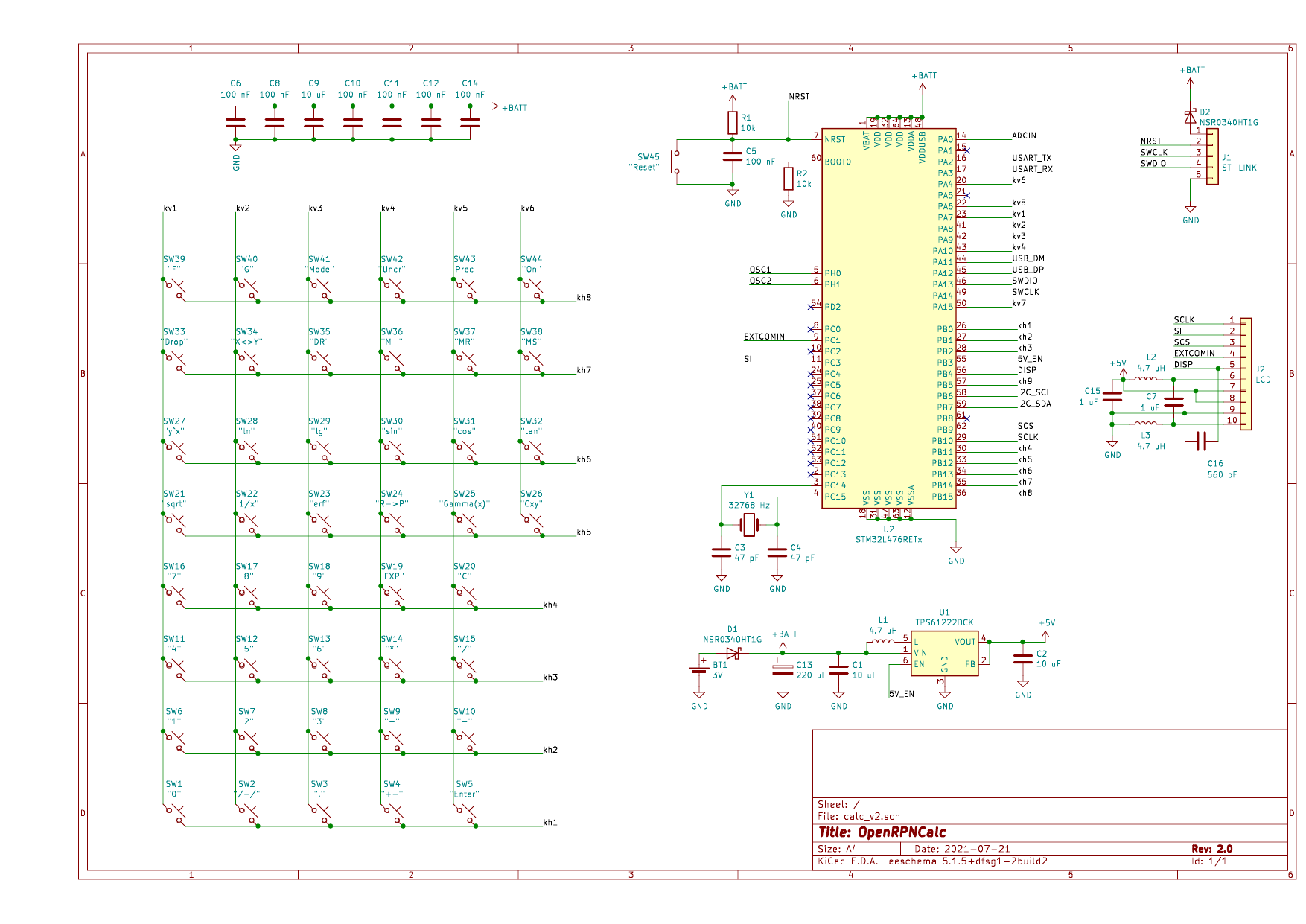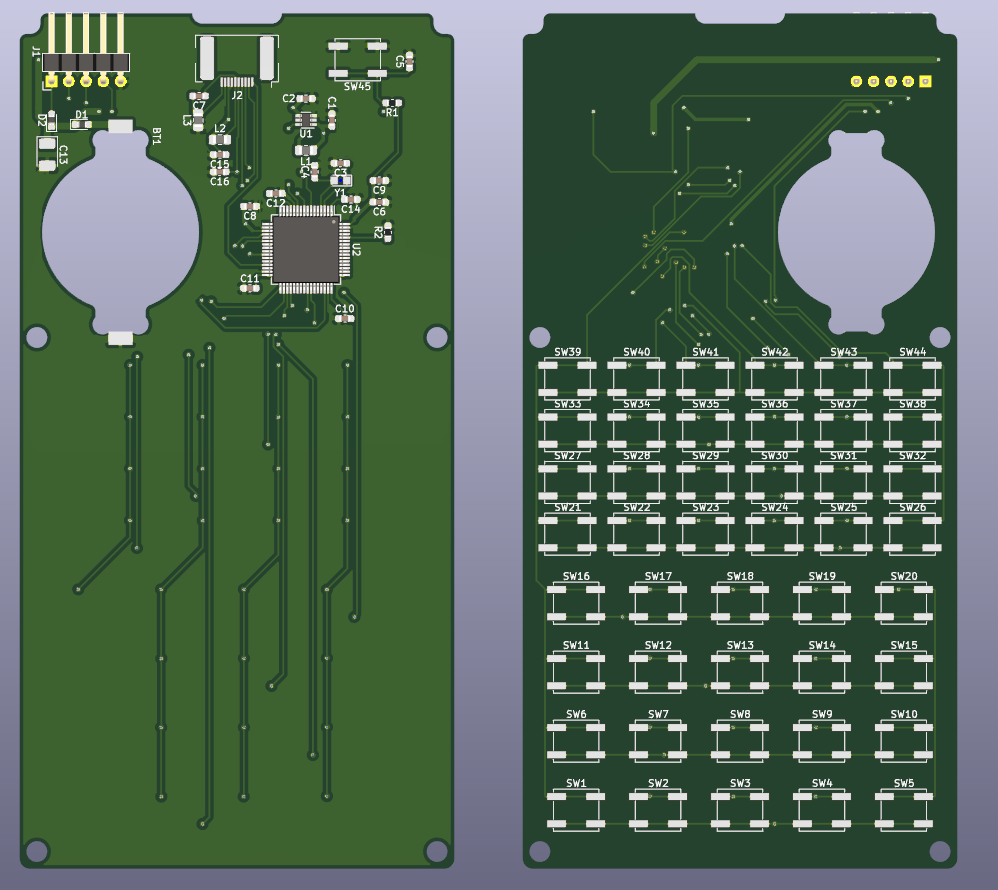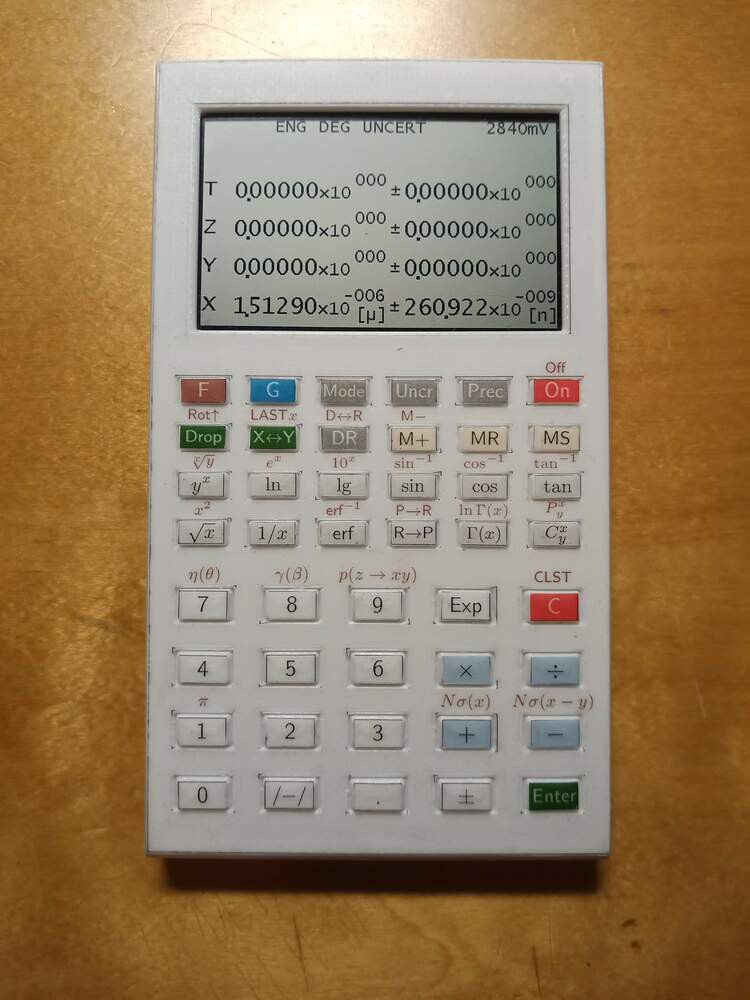-
OpenRPNCalc rev.3
6 days ago • 0 commentsTeaser: OpenRPNCalc rev.3 is ready!
Update in github and logs with the details are coming shortly. -
Online emulator
02/20/2025 at 18:42 • 0 commentsIf anyone has wondered how the firmware works, I've made an online emulator using Emscripten, Raylib and the original firmware with a few simple wrappers for LCD and keyboard functions.
![]()
-
Issues to be fixed in the next revision
02/15/2025 at 14:20 • 2 commentsA few (or, in fact, quite a lot) modifications I plan for the next revision of the hardware based on my experience with rev. 2 so far.
Schematics:- External pull-ups. The internal pull-ups in STM32 are around 40 kOhm, which means around 80 uA current draw per single key press (and up to 8*80=0.6 mA if multiple keys are pressed together). This is kind of excessive for the device that draws only ~15 uA most of the time on standby and 1-2 uA when off. For instance, if a few keys get stuck pressed while you carry it in your bag, it will drain the battery in days/weeks. External pull-ups of ~1 MOhm should solve this.
- Power circuit. Currently, power delivery is handled by a pair of Schottky diodes to switch between the battery and external power from ST-LINK when the programming interface is connected. However, even Schottky still drops the battery voltage by 0.2-0.3V. I'll make a simple mechanical switch instead (keeping the Schottky for ST-LINK just in case), which will also allow for a complete power off all the circuitry in case of any interventions like disconnecting the LCD (now I need to take the battery out for that).
- Test pads for debugging to simplify connecting oscilloscope or multimeter to some critical contacts like LCD signals or power rails.
- USART connector just in case?
- I was also considering more modern options for MCU (such as ARM32U5 which seems more power efficient) and 5V booster. Possibly, external switching power (SMPS) for STM32 would also make it more power-efficient, but that needs more investigation - not sure it's the case for the device that lives mostly in the switched-off state.
Casing and keyboard:
- I still want to play with different keyboard designs. The concept with keys made of PCB should work in general, but the keys that are completely floating in the air as they are now are rather wobbly. I plan to experiment with 3D-printed flat springs like I had in the previous design that attach to the keys.
- I know how to make the enclosure even thinner, down to 6.4 mm thickness! More on that when my next batch of PCB arrives from the service. The case will be made completely of a few layers of PCBs, with back lid and front panel based on aluminium core. The back lid will at the same time serve as the PCB for the keyboard switches and the battery holder, and the MCU-LCD part will be connected by a flex cable. Let's see how well it will work.
- The LCD will be upright (in the present design it's placed upside down, which causes some troubles in the firmware related to the text output).
For now, I only have the render of the sandwich of all the PCBs from KiCAD imported to Blender (no LCD 3D model here). With such a tight design, checking everything in the 3D CAD program was essential, hope I haven't missed anything important. More news in a few weeks when the PCBs arrive.
![]()
-
New enclosure design
02/09/2025 at 20:08 • 0 commentsHere are the details about the rest of the enclosure. The case is designed as a sandwich of 3 PCBs (the main board, front panel and the frame holding LCD) and two 3D-printed plastic parts (back lid and spacer between the main board and front panel). All the parts are held together with six 6-mm M2 standoffs and 12 flathead screws.
From bottom to top. Here's the 3D-printed back lid designed in OpenSCAD. You can see a hole for the reset button, an opening on top for the ST-LINK programmer connector, and six slots for standoffs.![]()
Main board (the reverse side opposite to the switches). The change with respect to the first revision is the use of the Keystone 1057 coin battery holder, which sits in the cutout of the PCB and allows the reduction of the thickness of the whole thing. The total thickness of the enclosure is 9 mm compared to 13 mm for the old version.
![]()
A spacer between the main board and the front panel is needed to position the LCD and the keys at the correct distance from the switches.![]()
Front panel PCB with silkscreen labels (0.8mm thickness):
![]()
The frame holding the LCD was originally planned to be made 3D-printed, but I found out that it needs some rigidity, so instead I've made an ad-hoc one from the remaining front panel.Here are a few photos of the guts after soldering. 3D-printed spacer with the front panel attached and key "caps" visible through the holes in the spacer. The LCD is also inserted: the back of it is visible through the battery holder hole, and its flex cable. You can also see the hex standoffs sitting in their holes.
![]()
Same with the main board added on top:![]()
What's that black tape mess, you ask? Unfortunately, it appeared that one of the vias on the PCB had been defective, so the whole column of keys was not working. I had to solder a wire directly to one of the STM32 pins and route it to the opposite side of the PCB. The other four PCBs in my order seemed to be OK (at least, this particular track), but I was too lazy to move the already soldered parts to another PCB given that this revision is anyway not a final one.
Finally, the calculator fully assembled:
![]()
-
New keyboard design
02/01/2025 at 17:43 • 0 commentsSo, the major change in the current design is the keyboard. My aim was to make something that would look not too ugly, last long, could be made relatively cheaply and would be reproducible. I guess PCB silkscreen is the only option that satisfies all that.
My original idea was to make the button of two layers of PCB of different thicknesses, thicker top part (say, 1.6 mm) and thinner bottom (0.8 mm), such that the button would stick over the thin front panel (0.8 mm). I thought it would be a good idea to have the button pivoted to limit its free movement, and for that I planned to use a couple of standard through-hole header pins on the main PCB and matching holes in the bottom button PCB.![]() The plastic part of the pins exactly matches the height of the tactile switches that I used (2.5 mm). Skipping forward, it appeared that the keyboard works better without the pins, but possibly my mistake was that I left too tight a gap between the front panel and the top PCB of the keys (around 0.2mm).
The plastic part of the pins exactly matches the height of the tactile switches that I used (2.5 mm). Skipping forward, it appeared that the keyboard works better without the pins, but possibly my mistake was that I left too tight a gap between the front panel and the top PCB of the keys (around 0.2mm).
The top and bottom PCBs for each key can, of course, be glued together, but a more reliable connection is done by soldering one to another (we have PCBs after all!). For that purpose I left copper pads on the reverse side of the top PCB and tented vias in the bottom part.
I don't think any PCB house would be happy to work with 10x6 mm PCBs, so one has to panelise both key parts. Here's the panelised top PCB:![]()
and its reverse side with copper pads:![]()
and the bottom PCB with tented vias for soldering both parts together and simple holes for "pin suspension":
![]()
I made the PCBs such that they could be soldered precisely before cutting it into pieces, after connecting them with four screws.![]()
However, later I found out that it's in fact much more convenient to cut the board first, and solder the buttons later: cutting the top part of the keys is quite tedious with Dremel since they have a smaller outline than the bottom. One can still solder the cut parts pretty precisely with a simple jig to position them.
Buttons after soldering and cutting:![]()
(the buttons made in the opposite order, cut and then soldered, look much better).
This is the closeup how the buttons look like inserted into the front panel:![]()
As I said, finally I've decided that the pins are not needed, so the through holes in the main PCB are left unoccupied:![]()
That's it for the keyboard part. The rest is coming soon... -
OpenRPNCalc, season 2
01/28/2025 at 18:48 • 0 comments![]()
If you were wondering what happened to this project: yes, it was on hold for a while for various reasons, but now it's back!
The first version of the calculator is still alive, but predictably the stickers have worn out quite quickly, so for revision 2 I decided to try a different approach: the front panel and keys both made of PCB material, with labels printed as a silkscreen. And I think it worked out quite well as a proof of concept, see the photo here.
This version has improvements in both the firmware and (especially) in hardware and enclosure design. I consider it a transitional revision and already see some further improvements to be made for rev. 3. However, I'm going to document this design here anyway, including some pitfalls that I came across.
-
v2 of the PCB
07/21/2021 at 20:00 • 1 commentBased on my experience with the first version, I've made an update of the schematics and the v2 of the PCB is now ordered. Here is the list of changes:
- Additional filtering capacitors for STM (one per each pair of VSS/VDD(A) inputs as per datasheet) and for the LCD (according to LS027B7DH01 datasheet).
- Tantalum capacitor (220 uF) in parallel to the battery to avoid voltage drops during heavy processor activity when the battery is weak.
- Power pin on ST-Link header to power the calculator while flashing or to measure current consumption. Two Schottky diodes as a protection when both ST-Link and battery power is on, and to protect from reverse battery polarity.
- New battery holder (Keystone 1057) which sits in the cutout of the PCB to reduce thickness of the enclosure.
- Improved PCB layout for TPS61222 voltage booster (following datasheet)
- More compact PCB (126x64 mm) with screw holes and cutout for LCD flat cable.
New schematics
![]()
New PCB:
![]()
-
Power consumption: solved
06/19/2021 at 18:10 • 0 commentsI think I've solved all my problems with power consumption being somewhat higher than I hoped. Previously the calculator consumed 40-55 uA of current from the 3V battery, which was to my knowledge a bit on a higher side of what one should expect from STM32L476 in STOP mode.
I discovered that in fact the STM32 was put into STOP1 mode, while there is a more economic one, STOP2, which, however, takes longer startup time (does not matter in my case). STOP2 is activated with the extended HAL function
HAL_PWREx_EnterSTOP2Mode(PWR_STOPENTRY_WFI);
That solves my problem. With STOP2, the STM32 itself draws only 2-3 uA, and that increases to 10-12 uA with LCD on. This must be sufficient to run the calculator from a single CR2032 for several years.
Another small fix I had to do is to add an electrolytic capacitor of 47 uF in parallel to the battery. This fixes occasional resets of the calculator while waking up. As far as I understand, this could happen when the 3V->5V DC converter is powered up and starts to charge the capacitor C2. With the battery being not fresh enough, this could deplete the voltage for a short time below the minimum needed for STM32 to operate, causing it to reset when the voltage is back to normal. Adding extra capacitor with the value a few times higher than C2 fixed this.
-
New key stickers and firmware update
05/28/2021 at 19:08 • 0 commentsPrinted new keyboard stickers: now on a laserjet-printable transparent sticky film (the brand is "Printation Mat Transparent"). Hopefully they will last longer than the paper ones, although with the function set still under development, the longevity is not a real issue.
![]()
Updates in the firmware:
- Added relativistic kinematics functions (uncertainties are not implemented yet for them):
- Conversion between angle and pseudorapidity (eta <-> theta)
- Conversion between beta and gamma factors (gamma <-> beta)
- Center-of-mass momentum for 2-body decay (P(z->xy))
- Added Gamma and log Gamma functions.
- Conversion between degrees and radians.
- Slight reshuffle of function keys.
- Update with ST-Link is now activated with "SHIFT+Reset" (instead of "ON+Reset"). There was a good reason for that: with the almost-flat battery, the MCU could sometimes go into reset when switching calculator on (due to a sudden increase of current consumption). With ST-link connection activated via ON+Reset, it would immediately send MCU into firmware update mode.
- Added relativistic kinematics functions (uncertainties are not implemented yet for them):
-
Firmware issues
05/24/2021 at 20:28 • 0 comments- STOP mode and keyboard scan. When the calculator is ON, the STM32 spends most of its life in STOP mode for minimal power consumption. It can wake up on either external interrupt from the keyboard, or, once a second, on the timer interrupt to toggle the EXTCOMIN signal for Sharp LCD. When the key is pressed, STM wakes up, performs a needed operation, and waits for the key to be released. The waiting cycles are, however, done without sending the MCU to STOP. So, while the button is being pressed, the MCU runs on its full 8 MHz and draws around 4 mA from battery. This needs to be fixed eventually.
- Switching the calculator ON. When the calculator is OFF, all the columns of the keyboard matrix have external interrupts enabled. So, whenever the button is pressed while in OFF, the MCU wakes up, scans the keyboard, and if the button that is pressed is not ON, goes back to STOP. In principle, a better way would be to only enable the interrupt from the column connected to the ON button. However, the straightforward implementation of this appeared to be buggy (it worked, but for some reason the average current draw in OFF was much higher). I've postponed this for now.
 Anton Poluektov
Anton Poluektov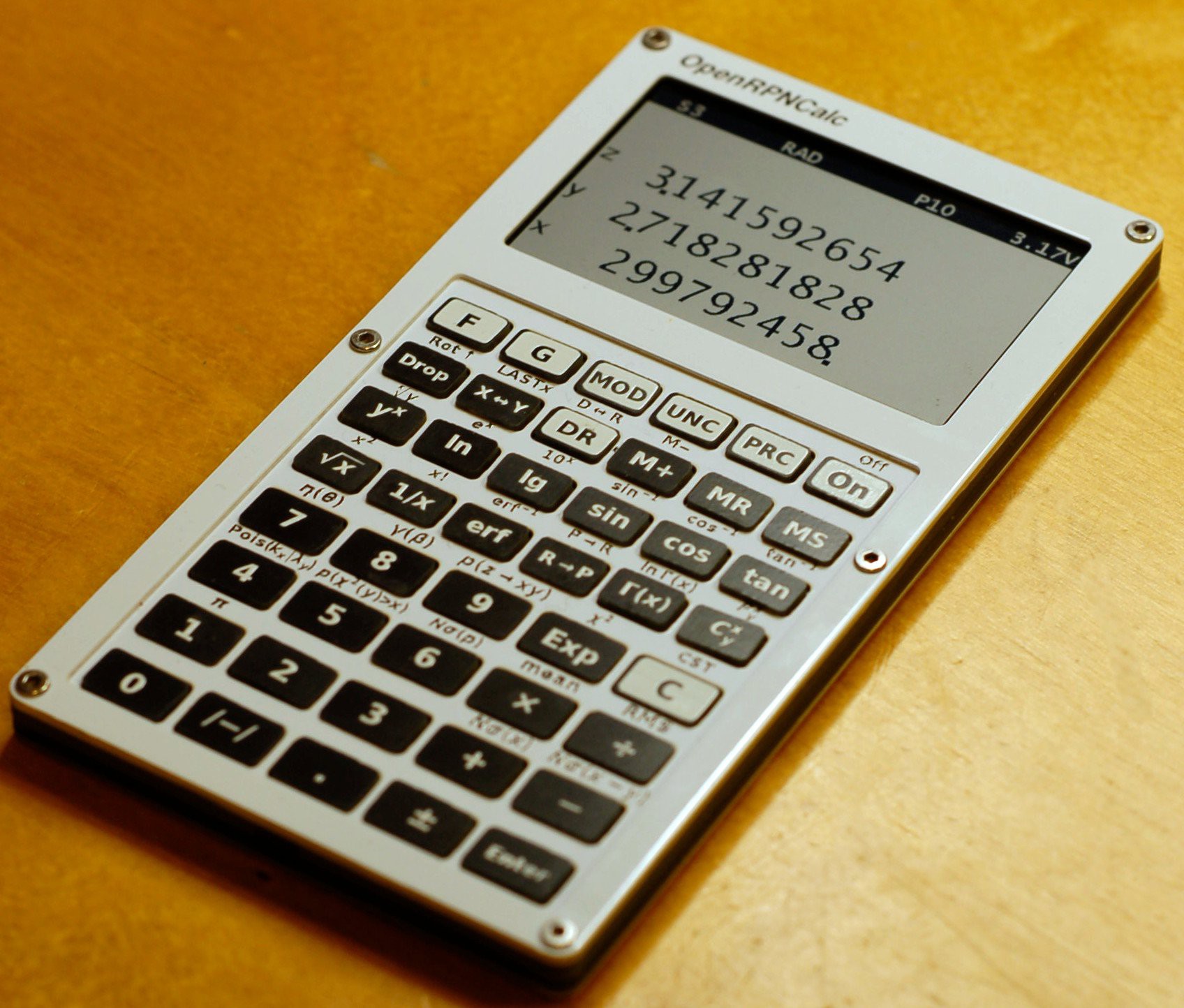
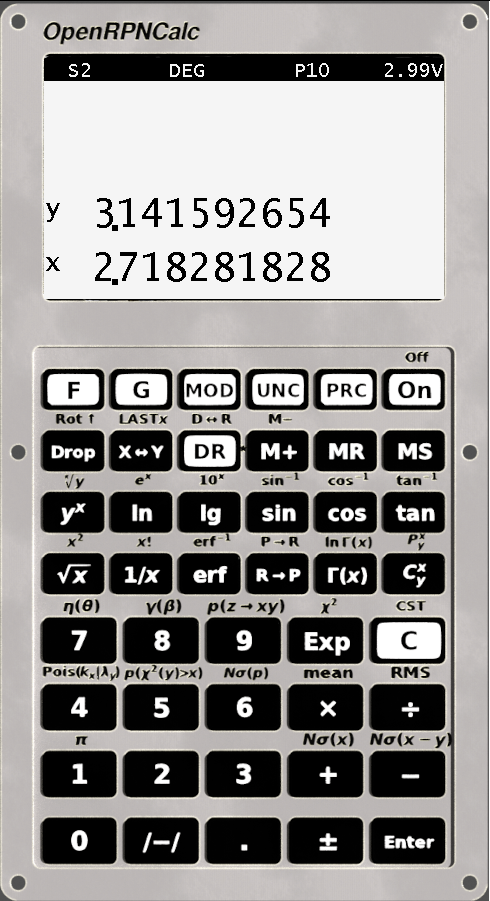
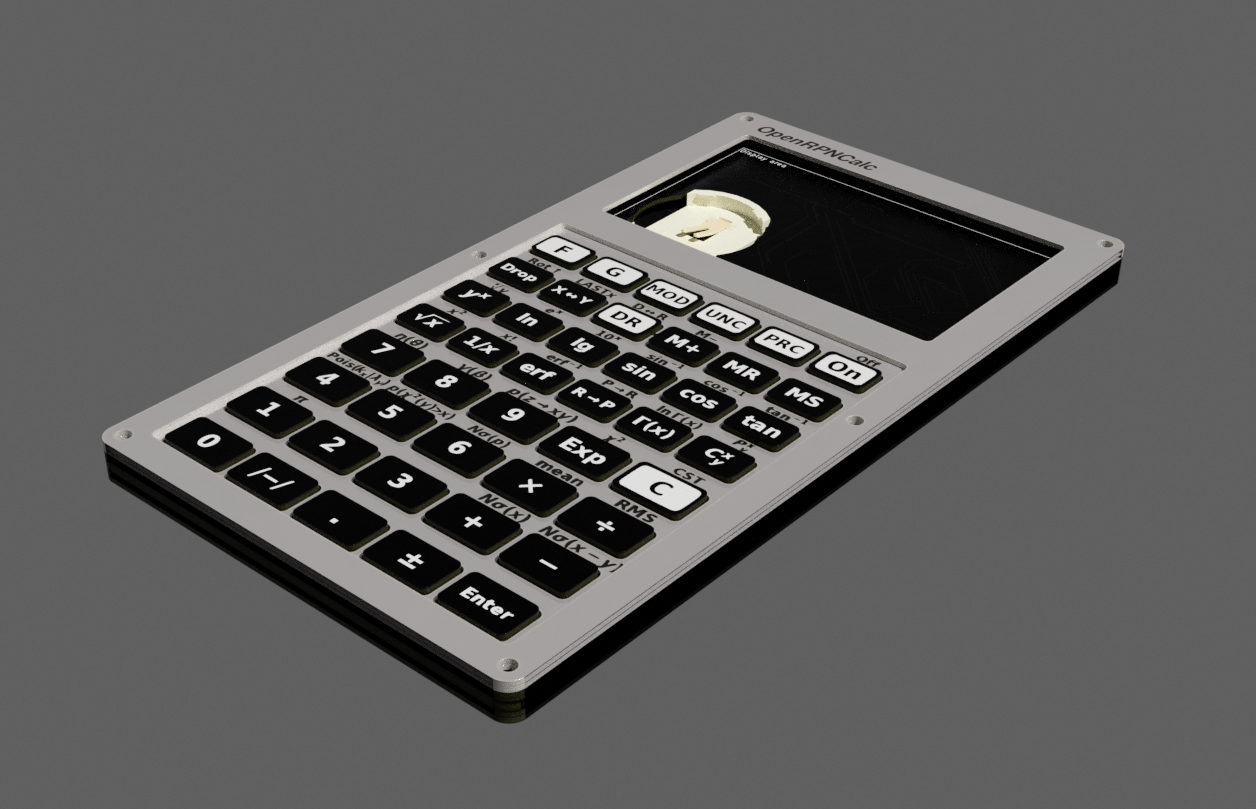







 The plastic part of the pins exactly matches the height of the tactile switches that I used (2.5 mm). Skipping forward, it appeared that the keyboard works better without the pins, but possibly my mistake was that I left too tight a gap between the front panel and the top PCB of the keys (around 0.2mm).
The plastic part of the pins exactly matches the height of the tactile switches that I used (2.5 mm). Skipping forward, it appeared that the keyboard works better without the pins, but possibly my mistake was that I left too tight a gap between the front panel and the top PCB of the keys (around 0.2mm). 







